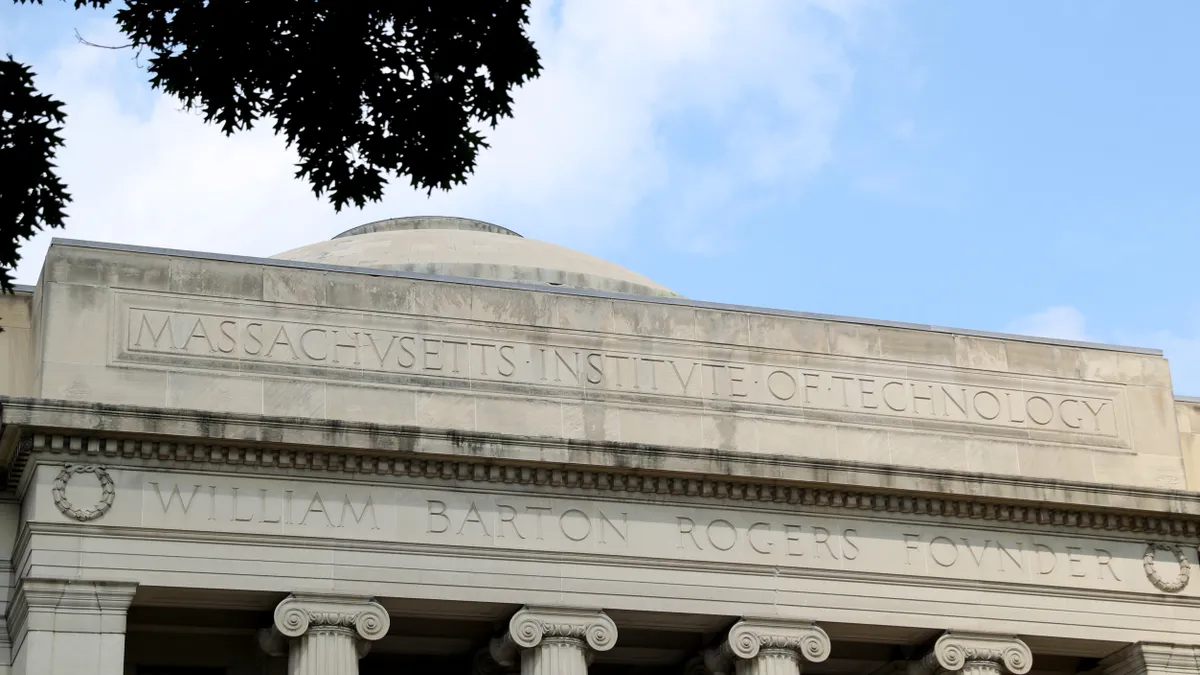Dive Brief:
- States doled out $13.6 billion in student aid in the 2017-18 academic year, up from $12.8 billion in 2016-17, according to an annual survey from the National Association of State Student Grant and Aid Programs (NASSGAP).
- Grants accounted for about $11.9 billion, or 87%, of the aid. The remaining $1.7 billion went toward loans, conditional grants, work-study, tuition waivers and other nongrant student aid.
- Grant aid grew by 8.6% year-over-year. About three-fourths of grants were need-based.
Dive Insight:
States increased their undergraduate grant aid by nearly $950 million in the 2017-18 academic year, marking the largest yearly increase in the past decade, according to NASSGAP.
Need-based aid grew by about $590 million for the year. Aid not based on financial need increased by nearly $357 million. When adjusted for inflation, the 2017-18 academic year is the sixth-straight year that grant aid has increased, the report notes.
The College Board's latest annual report on student aid trends bolsters some of these findings. In it, the authors note 27 states weighed students' financial circumstances when awarding at least 95% of their grant aid in 2017-18. On the other hand, 13 states allocated less than half of their grant aid based on need.
New Jersey led states in need-based undergraduate aid, giving out $1,569 per full-time student, compared to the national average of $667, the NASSGAP report found. New Jersey was followed by Washington, California, Indiana, New York and Virginia.
Growth in state need-based aid has helped offset a decrease in the share of federal need-based aid, the National Association of Student Financial Aid Administrators points out.
However, states have also been increasing their merit-based aid, which is a form of non-need-based support. Between the 1996-97 and 2016-17 academic years, merit-based awards increased from 15% to 24% of the total grant aid states allocated to students, according to a recent report from Ithaka S+R.
Public universities have fueled part of that growth. Forty-six state flagships, for instance, increased their merit aid by 65% in the past five years, ahead of a 53% increase in their need-based aid, a Bloomberg Government analysis found.
Colleges generally use merit aid to draw more students to their campuses, including those from out of state who often pay more than their in-state peers. Yet many researchers agree this type of aid may take away funding for need-based programs and contribute to higher tuition prices, according to Ithaka S+R's analysis.
For example, Louisiana's Taylor Opportunity Program for Students, or TOPS scholarship, is a merit program meant to keep the highest-performing students in the state. But because it has no income eligibility requirements, it primarily gives aid to middle-class families at the expense of low-income students, according to The Hechinger Report.
Moreover, Louisiana's public colleges have increased tuition for years to make up for waning state support, making those institutions increasingly unaffordable to low-income students.
Other research has pushed back on these findings, however. The American Enterprise Institute, a right-leaning think tank, contends in a recent report that colleges and universities can artificially raise their tuition prices, rendering their merit aid as "nothing more than a notional discount."
Its analysis also found that colleges have focused more on increasing aid for low-income students than high-income students in the past several years.










